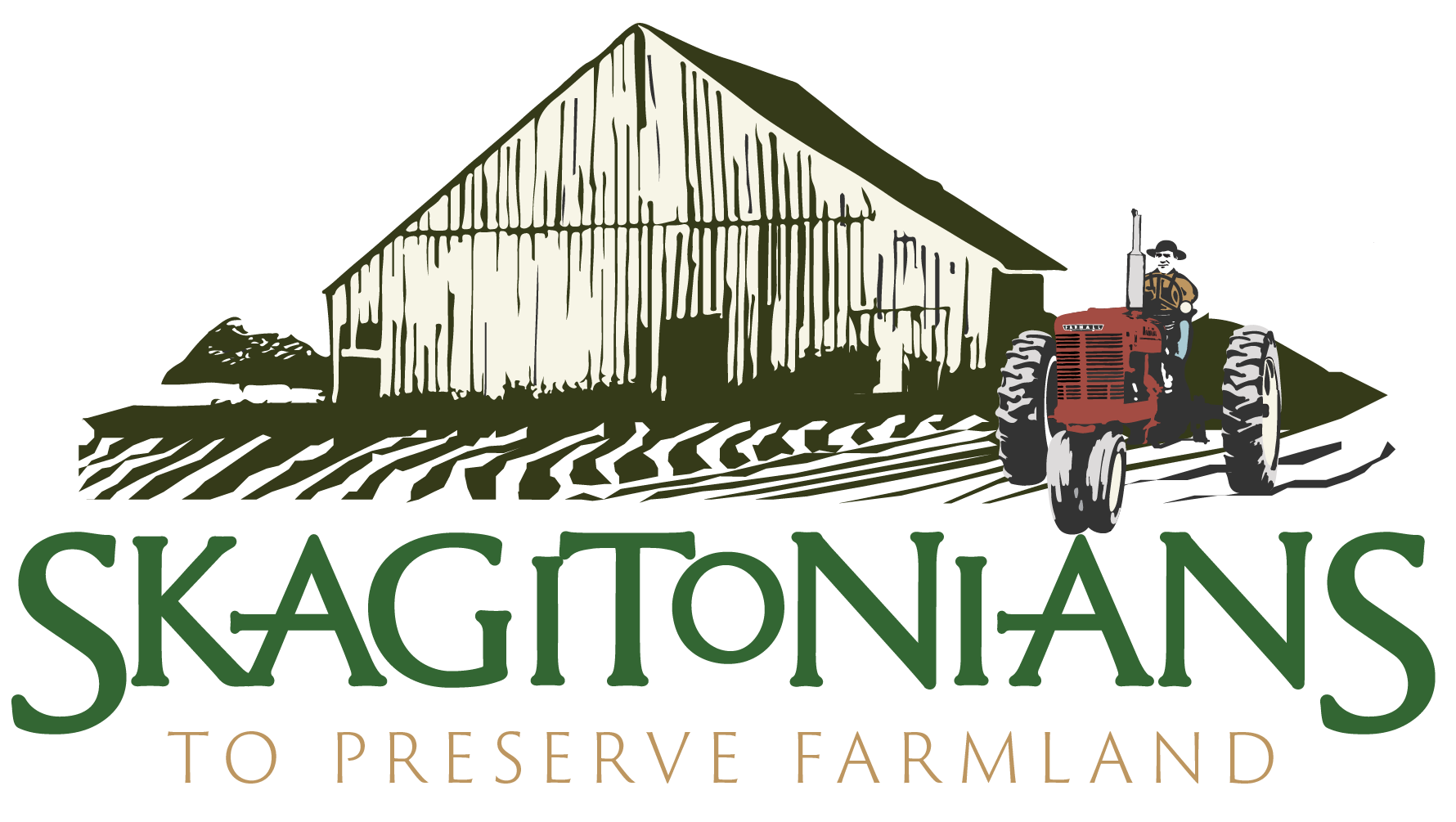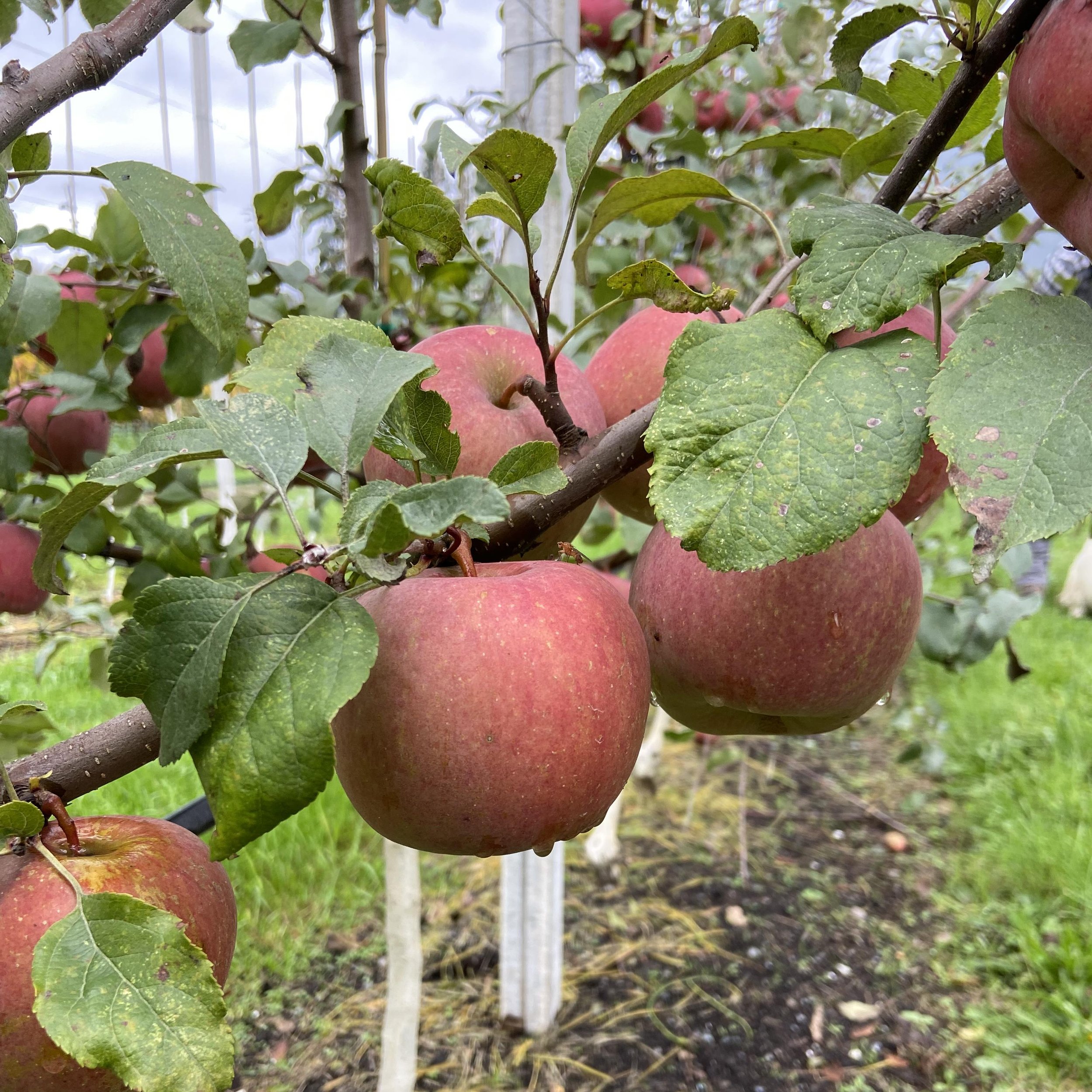Price Takers Search for Stability and Advantages Amid Constraints
Image by Tahlia Honea
Food prices rose noticeably last year. That does not mean farmers’ profits skyrocketed.
Managing economic constraints poses difficult challenges for Skagit farmers. They have about as much control over market conditions as they do over the weather. Just as local farmers constantly experiment to get the best results in their fields and greenhouses, they work to devise ways to be sustainable against a backdrop of economic uncertainty and volatility.
Farmers get around $0.14 for every $1 a consumer spends on food in the grocery store. The precise number varies based on many variables, as well as fluctuations year to year. For instance, Washington raspberry farmers who sold their product directly received $0.30 while those whose berries were processed earned only $0.17. This situation puts farmers in a vulnerable economic position.
“We’re not just competing with people down the street or neighbors,” said Michael Hughes of Hughes Farm, a large potato operation across the Skagit Valley. “We’re competing with people all over the world.” Buyers enjoy a lot of leverage with so much produce available.
Michael Hughes of Hughes Farm by Tahlia Honea
Image by Tahlia Honea
Transporting, storing, processing, packaging, and marketing all add to the price you find in a grocery store. The longer the chain is from the farmgate to the consumer, the lower the portion of profit farmers see, because every link adds more costs. Americans have come to rely on convenience with their food, and that means food is processed more to make it easier to prepare, one of the leading trends toward the decreasing share farmers receive.
Farmers are price-takers, a term economists use to describe those who must accept prevailing prices in a market, not having the power to set or influence prices. They might sign contracts in winter or early spring before knowing all the costs or other contingencies. When unexpectedly high inflation, regulations, or bad weather come, farmers cannot renegotiate terms and can find their costs rising without any ability to recoup them.
Against this backdrop, Skagit farmers search for ways to find greater security and market advantages.
The most fundamental task to distinguish themselves is for Skagit County farmers to grow the best quality produce possible. “Many stores will pay a little bit extra for that,” said Hughes. Fortunately, conditions, experience, and support in Skagit allow farmers to raise excellent farm products.
Another common approach for some farmers is to adapt and extend the season. Hoop houses and low tunnels allow farmers to lengthen the typical growing season. Storing crops longer allows them to wait for, hopefully, rising prices. Farmstands, once just a seasonal operation, now stay open all year. Winter CSAs also extend farmers’ reach.
Value-added products also help.
Value-added products offer the best way to make Sauk Farm LLC, an organic apple farm in Concrete, to grow, according to Griffin Berger, the operations manager there. In 2017, Sauk Farm launched its first value-added product: apple juice. It took five months to get it into any store and a year to get into a major chain.
Image by Tahlia Honea
The slow, risky process paid off, because, “We can control our price point,” said Berger. “I can charge the prices I need to make.” When prices for 32-ounce glass bottles rose significantly this year, Berger can price that into the cider. When fuel prices rose, he was not able to get grocery stores to increase the price they would pay for Sauk Farm apples. Sauk Farm has added dried apples, apple fiber, and puree to their value-added stock with plans for new products, just the sort of constant innovation necessary to sustain economic viability.
Sauk Farm also has vertically integrated the operation, something not all farms are able to or interested in doing. Berger’s dad, Jesse Berger who bought the property in 2007, said running such an operation is extremely complex. Not only do you have to grow the apples, but you have to make sure the equipment and machinery for the farm and the processing run smoothly, as well as ensure food safety requirements are met. Every layer of production demands a new expertise, but by doing it themselves, they keep more of the profits to invest back into the farm.
Image by Tahlia Honea
Sauk Farm can offer those services to other regional farmers, processing and packaging other juices and dried produce. This kind of flexibility helps Sauk Farm. “We keep all those skills going and [it] allows us to use these facilities year round, when we’re not normally using them,” said Berger. “And it’s a great additional source of income that provides stability to the business, and it helps other businesses bring high-quality, value-added products to market and give them year-round sales.”
Large farms also innovate but do so in different contexts.
Image from SPF archives
Large farms often invest in technologies that automate some of the process, and at their scale, this can make a significant difference. A machine that can pick vegetables or be used in sorting can save farmers money. Machines can work faster than humans, so the amount of produce picked or packed per hour is faster. On many farms, this generates other jobs, so laborers are reassigned to other tasks. Local farms are constantly looking for ways to upgrade technologies and processes in this way.
They rely on diversity, too. That could mean growing a variety of potatoes to meet the wide needs of grocery stores. Or it might mean selling their grain crop, which is part of a larger crop rotation, to local feed mills. Freight costs are much reduced and that helps increase profits – for the mills and Skagit farmers.
This is one of the key lessons: finding ways to maximize small advantages and do so quickly.
The commodity world moves fast, so farmers have to know what their costs are. That way, when “you see a price that you can sell for what you need it to be,” said Hughes, “you can pull the trigger on it. A lot of times those opportunities will pass you up if you’re not prepared for them ahead of time.” Keeping those costs and prices in mind is essential if the business of farming is going to work.
Making a farm profitable is never easy, no matter the size. Despite being price takers, Skagit farmers know how to innovate and find niches to increase their chances of making their business flourish.
By Adam Sowards: info@skagitonians.org






